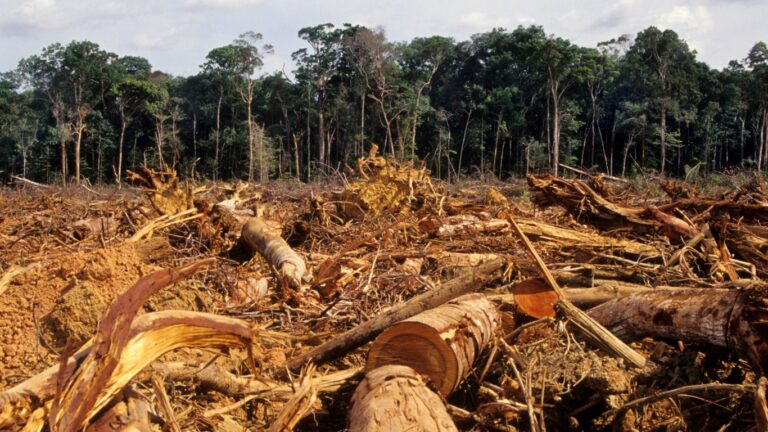Temperatures Could Soon Top 100 Degrees For Most of the Year in Phoenix

By several measures, 2023 was one of the worst years for natural disasters in recent U.S. history. The National Oceanic and Atmospheric Administration reported 28 separate climate-related events that resulted in at least one billion dollars in damage, by far the most of any year since record keeping began in 1980. Collectively, these major droughts, hurricanes, floods, severe storms, and wildfires caused over $92.8 billion in damage and killed a reported 492 people.
Notably, these figures do not include the devastating toll taken by one of the deadliest weather events in recent U.S. history – the heat wave that gripped Maricopa County, Arizona for much of last summer.
Home to over 4.4 million people, Maricopa County is the fourth largest county in the United States. It is also one of the hottest. According to the Federal Emergency Management Agency, Maricopa County has an average of nearly 16 heatwave events every year, more than any of the other 3,100 U.S. counties.
While Maricopa County residents are accustomed to high temperatures, last summer’s heatwave was anything but typical. Between mid-June and mid-August 2023, temperatures topped 100 degrees Fahrenheit for 66 consecutive days in the city of Phoenix, peaking at 119 degrees for three of those days. The event marked the city’s longest streak of triple-digit daily highs in decades.
Phoenix is the most populous city in Maricopa County, and the fifth most populous nationwide, and the historic heatwave proved deadly for many of the area’s most vulnerable residents. Preliminary numbers from the Office of the Medical Examiner indicate that high temperatures contributed to as many as 579 fatalities across Phoenix and Maricopa County.
The 2023 heatwave may have been a historical anomaly, but in the coming decades, such events will likely only occur more often. Readings from the weather station at the Phoenix Sky Harbor International Airport show that temperatures in the city hit 117 degrees or above in only 36 days over the last 75 years — and over half of those days were in the 2010s or 2020s.
While the total number of days temperatures hit triple digits in Phoenix can fluctuate meaningfully year-over-year, adjusting for these annual swings by taking five year averages shows that 100 degree temperatures are becoming more common in aggregate.
In the half decade ending in 1958, there were an average of only 77 triple digit days in the city every year. In the last five years, there were an average 120 days when temperatures hit at least 100 degrees. If this trend continues at the same rate, within the century, Phoenix will have 100-plus-degree days for most of the year.

More from ClimateCrisis 247
- Private Jet Emissions The Same As 177 Cars
- Fight To Save Climate Is Falling Apart
- Bottle Caps Spread Microplastics To Humans
- Eating Termites Will Help The Environment






